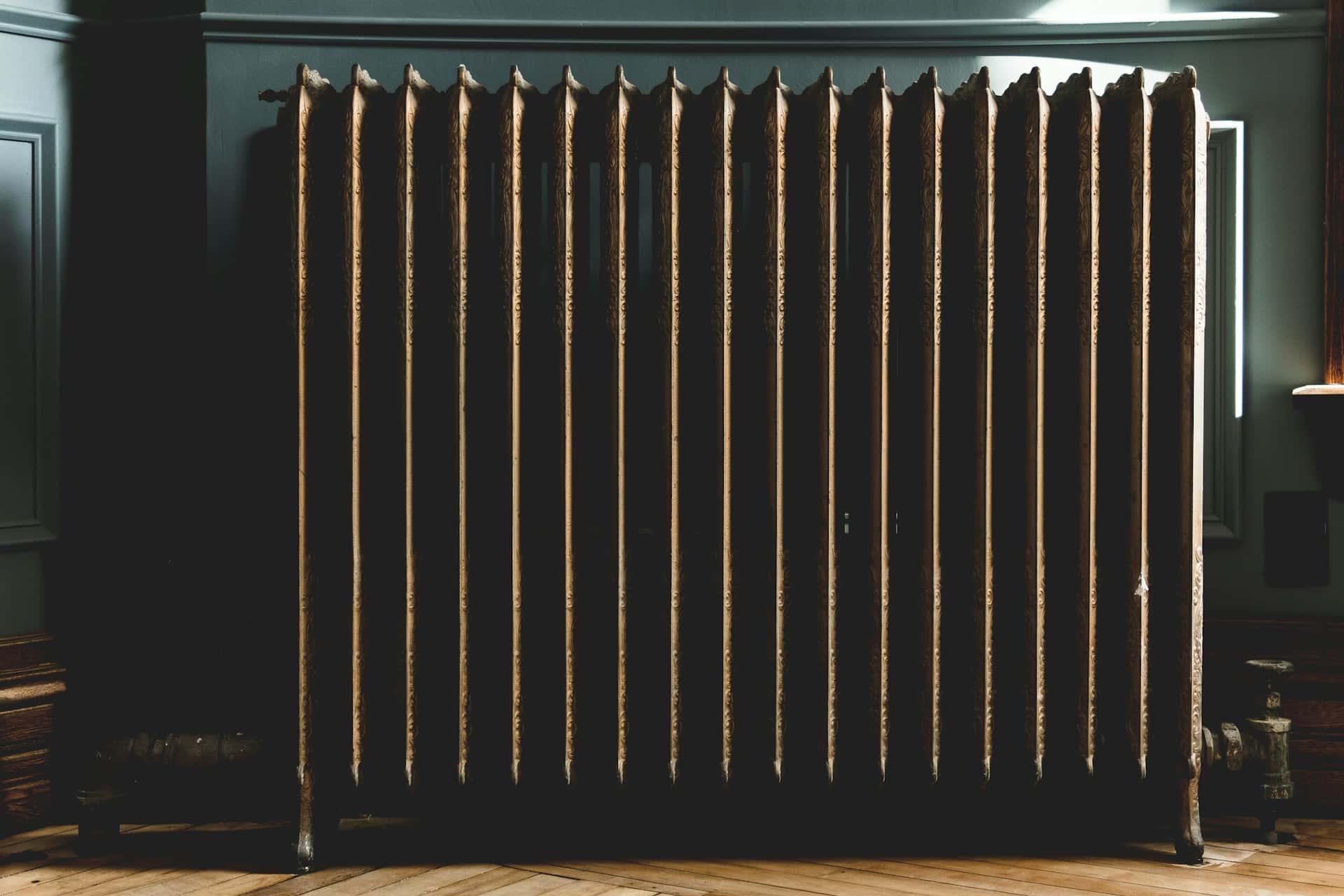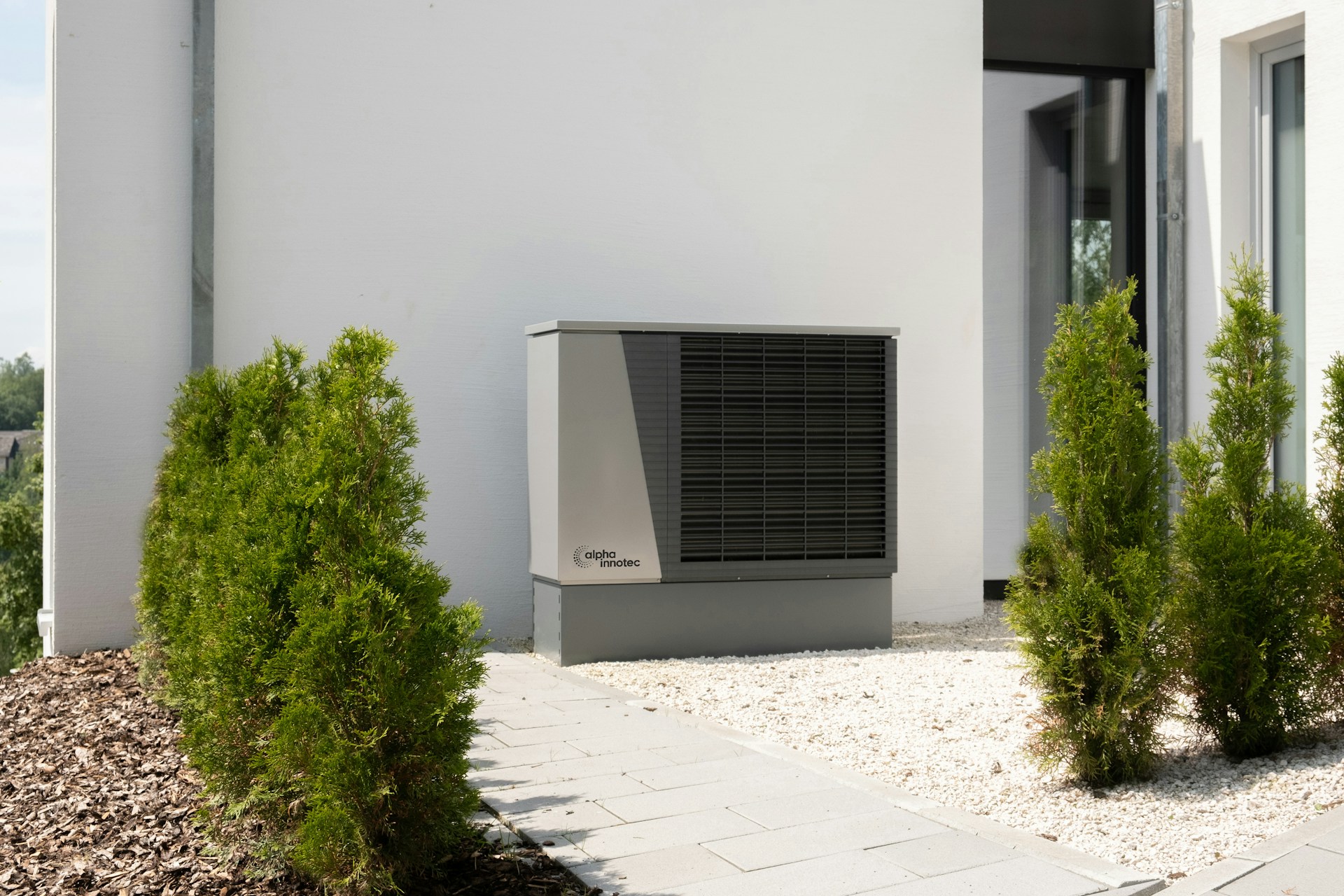Keeping your home warm during chilly seasons isn’t just about comfort, but also ensuring your family’s well-being. Imagine coming home after a long day to find your heating system struggling to keep up, leaving you wrapped in layers of blankets just to stay warm. By paying close attention to your heating system, you can avoid such scenarios and enjoy a cozy atmosphere year-round.
Understanding when to replace your home heating system can significantly impact comfort and efficiency. Many people delay this task, hoping their old systems will last another season. Yet, lingering issues often lead to higher costs and more headaches. Recognizing the right time for a replacement can save you from unnecessary stress and enhance your home environment.
Signs It’s Time to Replace Your Heating System
Knowing when it’s time to upgrade your heating system can be key to maintaining a pleasant home atmosphere. Here are some clear signs that it might be time to consider a change:
– Age of the System: An older system, typically over 15 years, could be losing efficiency and costing you more in the long run.
– Frequent Repairs Needed: If you find yourself calling a repair service often, it might be more cost-effective to replace the system altogether.
– Rising Energy Bills: Unexpected spikes in your energy bills can indicate your system is using more energy to produce the same amount of heat.
– Uneven Heating in Different Rooms: If certain rooms are warmer than others, your system may not be distributing heat efficiently.
Being aware of these signs helps you stay ahead of potential breakdowns and ensures you’re not caught off guard by a failing heating unit.
Advantages of Replacing Old Heating Systems
Investing in a new heating system brings several benefits that can positively impact your home:
– Improved Energy Efficiency: New systems often come with advanced technology that helps reduce energy consumption, leading to lower utility bills.
– Enhanced Indoor Comfort and Consistent Heating: Modern heating solutions provide even temperature control throughout your home.
– Lower Long-Term Maintenance Costs: While newer systems might have initial costs, they often require less upkeep, saving you money over time.
– Better Indoor Air Quality: Updated systems can improve air circulation, making your home a healthier place to live.
Considering these advantages can help you make an informed decision about replacing your old heating system. Upgrading doesn’t just mean better heat; it also means a more enjoyable living experience for you and your family.
Choosing the Right Heating System for Your Home
When deciding on a new heating system, it’s important to determine what best suits your home and lifestyle. There are various types of systems to consider, each with its pros and cons. Furnaces, boilers, and heat pumps are popular options. Furnaces are often used for their effectiveness and quick heating. Boilers, with their radiant heat, provide a comfortable and quiet environment. Heat pumps are an eco-friendly option that can offer both heating and cooling.
Here’s what you should think about:
– Size of Your Home: Make sure the system’s capacity fits your home’s size, ensuring it heats efficiently.
– Cost of Installation and Operation: Think about both the initial and long-term costs.
– Energy Source Available: Choose between natural gas, electricity, or oil, depending on what’s accessible in your area.
– Climate in Oshawa: Consider how well a system performs in colder temperatures typical in your region.
Always consult with a professional to evaluate your home’s heating needs for the best results. An expert assessment can highlight the most efficient options for your specific home requirements.
What to Expect During the Replacement Process
Getting your old heating system swapped for a new one is a significant task that benefits from being well informed. Initially, expect a thorough home assessment where experts check the layout and size, and discuss preferences. This step ensures that the chosen system will meet your heating needs effectively.
Next, you’ll go through the installation. This process generally involves:
– Preparation: Clearing the space and removing the old system.
– Installation: Setting up the new unit, which might take a day or more, based on complexity.
– Testing: Once installed, the system undergoes a series of tests to ensure it’s functioning correctly and efficiently.
After the installation, you’ll receive guidance on maintenance tips to keep your heating system in top shape. Simple practices like regular inspections and timely filter changes go a long way in prolonging the unit’s life and performance.
Staying Warm with Confidence
Replacing your home heating system is a thoughtful step towards a more comfortable living space. As you consider this critical home upgrade, focus on the clear advantages a new system brings—from energy-saving benefits to an improved indoor climate.
Ensuring your home stays warm and inviting during Oshawa’s chilly months becomes much easier with the right heating system in place. A well-planned replacement process can lead to years of hassle-free comfort and peace of mind for everyone in your household.
Ensure your Oshawa home remains comfortably warm during the colder months with our expert services. Trust Fortis Heating & Air Conditioning to help you choose the ideal system for your needs. For more details on professional assistance and making the right choice, explore our Oshawa home heating services.











